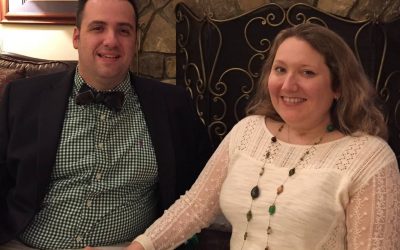 In June 2013, HNF made the important decision to refine the organization’s mission. We now place more importance on new initiatives that take our research discoveries and translate them to the next phase in the drug discovery process.
In June 2013, HNF made the important decision to refine the organization’s mission. We now place more importance on new initiatives that take our research discoveries and translate them to the next phase in the drug discovery process.
We divide our research initiatives into 3 areas:
- Basic Research: This research covers work from many academics around the globe to government agencies like the CDC.
- Translational Research: The BioPontis Alliance are helping us transition these early stage assets into potential clinical trial candidates.
- Clinical Research: We are working with Pharnext and Quest Diagnostics to support clinical research trials and ensure early and accurate diagnosis, supported by the Global Registry for Inherited Neuropathies (GRIN).
We would like to do so much more. We have identified two inherited neuropathies (CMT6 and Autosomal Dominant Optic Atrophy) that result in blindness at a young age and we need more funding to enable scientists to develop screens and fill the gaps in knowledge.
It is impossible to predict the future accurately, but in 2015 we hope to see the first phase III trial for a drug for CMT1A, which will be a major milestone for the CMT1A community. We have worked very hard over the last year to support Pharnext and will continue to do so. We have a lot of work to do to ensure the clinical trials are successful in terms of confirmed patient diagnosis and GRIN recruitment.
HNF has not stopped working for you – the patients, caregivers and advocates – and we pledge that we will not give up our fight to find viable treatments for this disease. The scientists we fund are wonderful people who are working collaboratively to ensure that one day you will get the treatments that will help you and your family. When we talk about CMT, we remind everyone that CMT is truly a family disease, even a friend’s disease. It affects everyone in your life. HNF takes this effort to heart, and know we have to continue to work hard to support scientific progress. But be assured, there is finally light at the end of the tunnel!






0 Comments